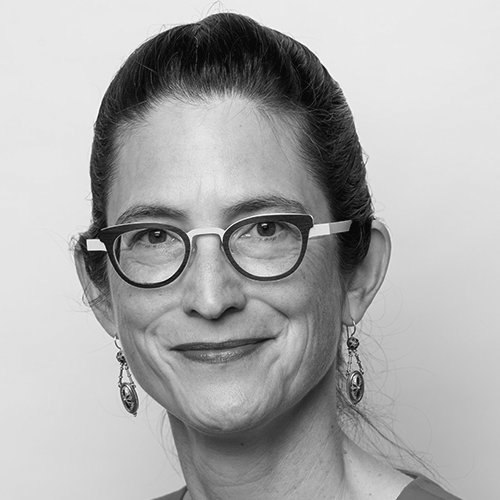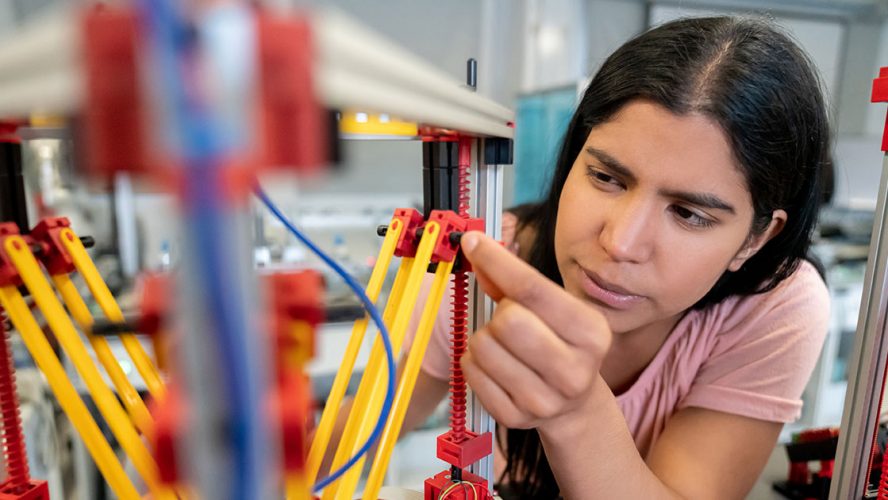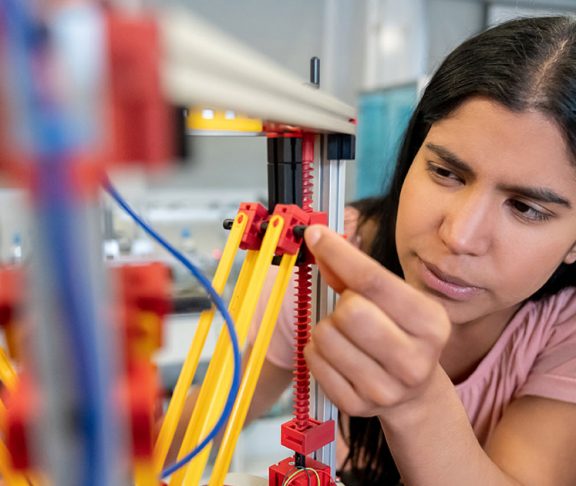
Sandra W. Robert
CAE, CEO, Association for Women in Science (AWIS)
Although women make up over 50 percent of STEM degrees, only 28 percent of STEM jobs are filled by women. Why do so many women abandon science and STEM after making a considerable personal investment to earn a degree?
It’s kind of a rhetorical question, because we already know the answer. Gender bias, harassment, and inequity are pervasive.
Gender bias
AWIS held a screening of the film Picture a Scientist for our members last fall, followed by a Q&A with Dr. Jane Willenbring and co-director Ian Cheney. The film highlighted that 50 percent of women in STEM are harassed and that 90 percent of what occurs is unseen. Bias affects what is researched in science, who wins awards, who is published (women publish only about 35 percent of STEM research publications), who is patented (only 12 percent of U.S. patent holders are women), who is hired, and who is promoted (only 1 in 20 U.S. science department heads are women).
From being underpaid and unrecognized, to being ignored in meetings, left off of emails, questioned, put down, sabotaged, or assaulted, women scientists in the U.S. face more barriers than men. Women of color, LGBTQ+ individuals, and those with special needs face additional, compounded bias and challenges.
To contend with this environment, women are often told to further develop themselves. Learn how to negotiate for a better salary. Hone your decision-making skills. Expand your emotional intelligence and leadership competencies. These expectations ask women to adapt to the inhospitable environment in which they work. It is the environment that needs to change. You can’t throw seeds on rocky ground and expect them to grow.
Improving the future
Organizations need to create a welcoming culture. Develop ally and sponsorship programs for those in underrepresented communities. Establish flexible policies for caregivers, because this burden is carried by women more often than men. Invite people to speak up if they see something, and be sure to listen when they do.
When hiring for a new role, cast a wider net to ensure a diverse pool of candidates. They exist. If you aren’t finding them, you aren’t looking hard enough. It may take longer, and you may have to seek out new sources. Check out the Career Center of the Association for Women in Science or resources from similar organizations. Set expectations for an inclusive culture, and most importantly, enforce them. Measure your progress by completing a self-assessment of your organization’s policies, procedures, and climate using the principles identified by SEA Change or hire a third party like Gender Equity Now to evaluate your workplace culture. It’s critical to keep women engaged in science and in STEM. We need the participation of all scientists to solve the world’s most pressing problems, from preventing and curing illnesses to ensuring clean water, food, air, and energy. That is why AWIS is dedicated to championing the interests of women in science and breaking down those barriers.



